
views
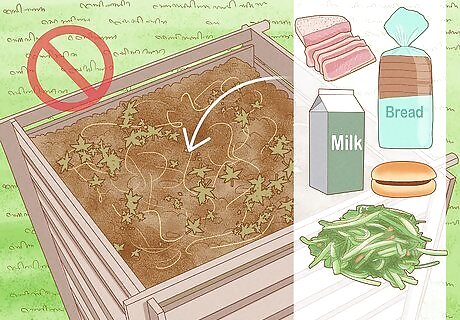
Review what you're adding to the compost. Some foods may attract rodents more than others, such as bread and baked items. Avoid putting these in, in particular cooked and processed foods. In addition, do not add meat or fish waste to the compost. Also, keep dairy products, bones, oils, fatty foods, and pet manures out of the heap. (Meat, fish, and dairy shouldn't be composted for any reason in a normal, backyard compost, because these can harbour human pathogens that can harm you.) Rats that keep coming back are likely to be after vegetable scraps. You might need to stop placing these into the heap until you've solved the problem by redesigning the compost or getting rid of the rats through other means. (This means only adding yard waste, not household food scraps.)
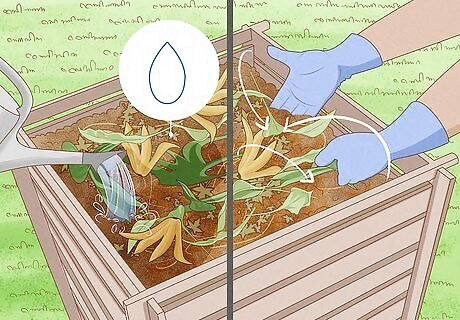
Keep the pile moist and turn it regularly. It's less like a comfortable, dry home when it's damp and getting agitated frequently! The ideal moisture of a compost heap is about the same as a wrung out dish sponge. Seek a good balance between green and brown materials in the compost to maintain a decent level of moisture. Add water if the heap becomes too dry. Materials high in carbon (e.g., dry leaves or dead plants) placed at the bottom of the compost pile and lining the walls of the bin can improve airflow, control odour, and help with drainage. Just be sure to keep this "brown" material moist.
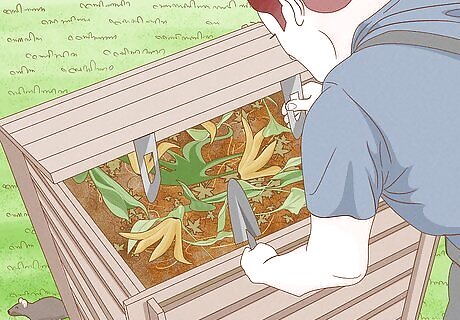
Visit frequently. Rats and mice are shy when it comes to human disturbance, so daily visits from you can be a good deterrent in itself.

Review the design of the compost. If the compost isn't turning vegetable waste into something less attractive to rodents within 24 to 48 hours, the design of the compost needs to be changed. You might need more nitrogen, more bulk to ensure that the compost is heating up enough, smaller compost scraps and more moisture. A hot compost method is more likely to deter rodents than a cold compost method. Apparently rats and mice dislike bokashi, so you might like to consider changing to this method if you've tried to fix your compost heap to no avail.
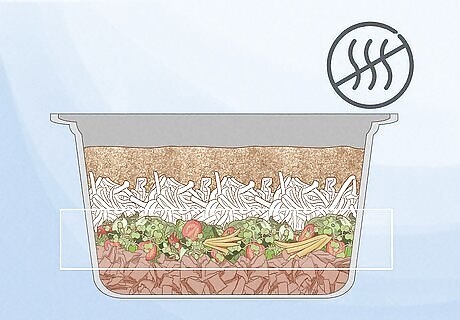
Bury food waste deeply. If rodents seem to be feasting, make it hard for them to get to the tastier morsels (the kitchen scraps) by burying them into the middle of the compost, with the other vegetation layers over the top. Alternatively, if you don't want to bury the scraps every time, keep a scoop next to the bin and add a layer of leaves, soil, or finished compost over the food scraps each time they're added. These cover up the food odour and microorganisms in soil help to speed up the composting.

Encourage local birds of prey to visit the compost heap by locating it near tree branches. Leave the lower limbs of such trees intact.
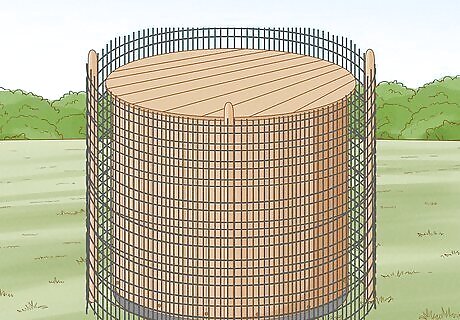
Provide plenty of physical barriers against rodents. Keep a lid on the compost heap. Always ensure your compost bin or heap has a lid to keep the local wildlife out of it. To prevent access from burrowing under, stand the bin on ⁄4 inch (0.6 cm) wire mesh. This mesh can also be used to cover up any gnawed holes. The benefit of the mesh wire over other sorts of stands is that it allows worms free access and having worms in your compost is very desirable, as well as also providing drainage.
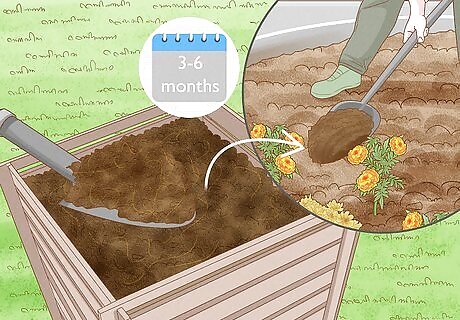
Harvest completed compost every three to six months. Doing so can remove potential nesting temptations from the rodents.

















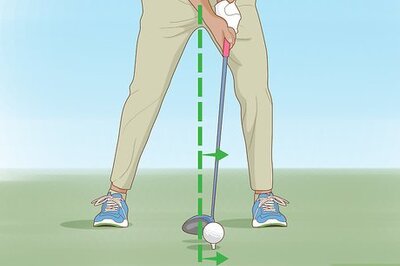
Comments
0 comment